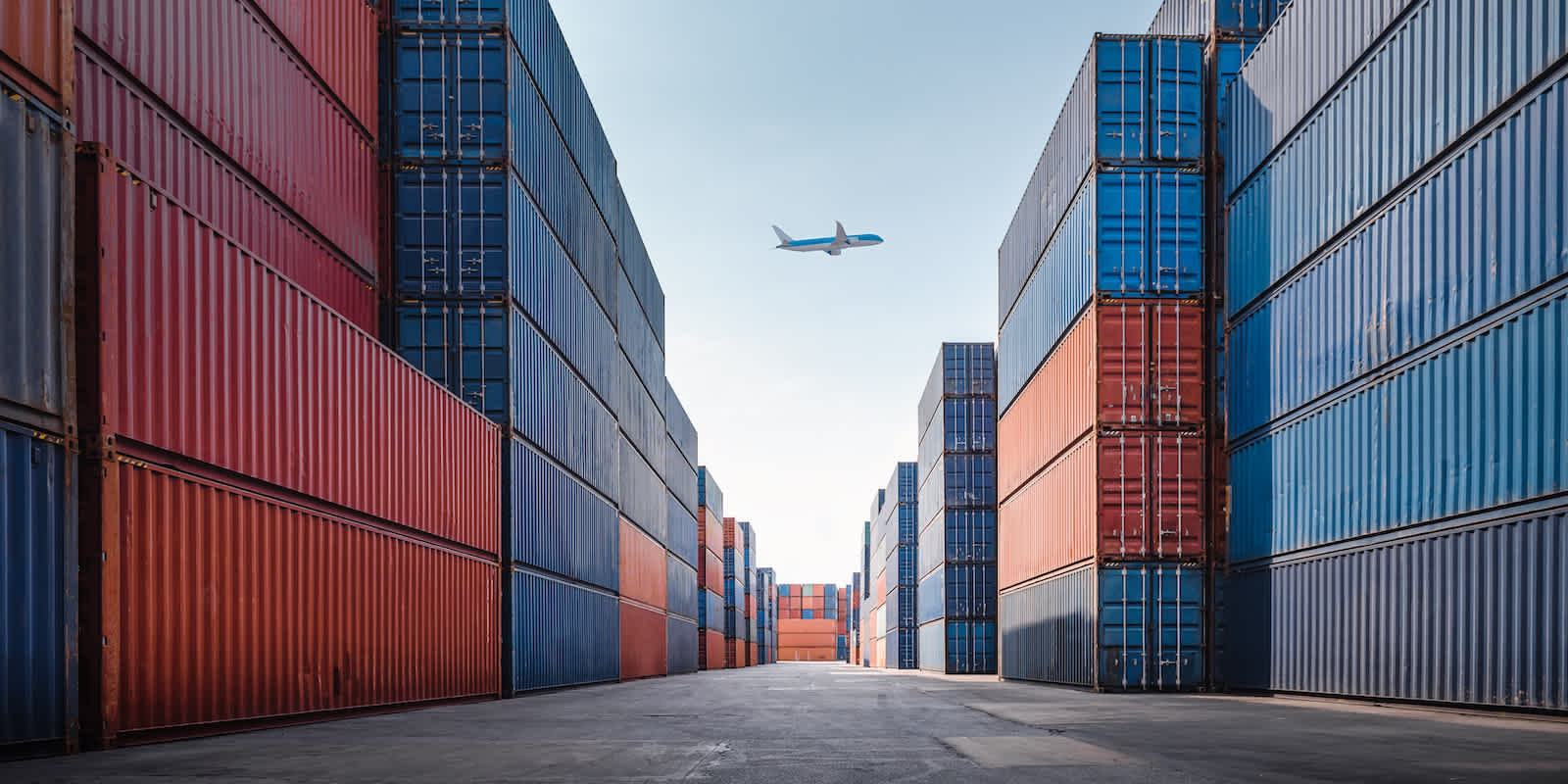
January 5, 2023
New Year, New Supply Chain Landscape? Don't Expect A Return to Normal Right Away in 2023
We're kicking off the new year with a quick summary of the freight market landscape and what shippers can expect over the next few months. Here are the latest updates across ocean, air, customs and more.
(P.S. If you haven't already seen our expert guide on 2023 supply chain planning packed with actionable advice from 20 global experts, be sure to read it.)
The Latest From the Ocean Market
The first quarter of 2023 will be a slow start for ocean freight, especially with Lunar New Year quickly approaching. If it wasn’t already on your radar, prepare for consolidated services, downsized vessels, and more blank sailings as carries work to rebalance trading in response to economic instability.
“You’ll see slower steaming and longer transit times starting in the first quarter, but normalcy should return to transit times soon, assuming the economy stabilizes. We also expect rates to normalize by the end of Q2 of this year. Keep in mind that shipping right now is a dormant volcano in the sense that the system may ‘blow up’ again if a major disaster occurs.”
- Nathan Strang, Director, Ocean Trade Lane Management, Flexport
Air Freight Market Updates
Similar to ocean lanes, air freight demand is still soft across Asia specifically. That soft demand through the first quarter means many businesses will continue seeing excess inventory, so some shippers and factories are shutting down for longer than usual around the upcoming Lunar New Year. That said, rates are stable compared to late December 2022, and more good news may come as 2023 unfolds.
“I'm expecting demand to continue to be suppressed in the near term as both carriers and forwarders are responding with grounding freighter capacity to normalize supply with demand. Both TPEB and FEWB trade lanes are softening rapidly with volumes expecting to decrease by ~30% in Q1.”
- Zeid Houssami, VP & Global Head of Air Freight, Flexport
Even with the reduction in capacity seen already this season, rate levels won’t be near Q4 2022 levels. Both shippers and freight forwarders can be expected to leverage the spot market much more in Q1’23. Most of the unplanned air freight that jammed origin ports with consumer goods, apparel, and footwear has converted back to ocean freight as ocean transit times have mostly normalized.
“This softened demand shouldn’t linger far past Q1. We expect that the market will bounce back by Q3 as inventories normalize and economies rebound.”
- Neel Jones Shah, EVP of Air Strategy & Carrier Development, Flexport
For 2023 overall, the bottom line is that you shouldn’t panic if Q1 is a slog. You can weather it for the time being, and markets should pick up again soon.
To capitalize on 2023’s developing market conditions, get even more intel for your business with the following customs updates and freight market news.
Customs & Compliance Updates
Customs authorities are becoming increasingly strict about compliance with complex import and export regimes. For 2023, changes in customs regulations and trade agreements will mean new reporting obligations, data requirements, and clearance processes to move your goods. Businesses and customs brokers will need to stay informed about the changing environment and incorporate compliance into their supply chain plans.
“Plan for continued higher tariffs and the need for greater traceability into the raw materials, labor, and other inputs to products shipped. Expect governments to continue using tariff and non-tariff barriers to increase revenue as well to drive environmental, labor, and other social causes.”
- Tom Gould, VP Global Customs & Trade, Flexport
Freight Market Outlook
According to The Hill, supply chain struggles and port issues have improved, but the supply chain has still not returned to total normalcy.
“If you ask, how long does it take to move stuff, there has been notable improvement. If you measure it by how long would it take to get a cargo from Asia to a destination port, dramatically better.”
- Phil Levy, Chief Economist, Flexport
However, a decrease in demand from inflation and warehouses with massive inventory has prevented the supply chain from returning to normalcy.
According to FreightWaves, container shipping schedules have become more reliable in light of lower volumes, but the shipping schedules have not and will take a while to return to pre-covid levels. The Flexport OTI shows that “while the worst of late 2021 buildup in congestion may be over, levels are still well above pre-pandemic levels.”
According to Bloomberg, as the supply chain industry exits the pandemic greatly weakened, prioritizing data offers the greatest potential for disruption and growth.
“We’re early innings still, or maybe the late innings of the first phase, which is people starting to get their data digitized and have visualization of their data.”
- Dave Clark, Co-CEO, Flexport
Other Factors to Keep in Mind as You Navigate 2023
Understanding the current state of freight lanes can point your business in the right direction, but it’s vital that you keep broader world events in mind. Without having the full context, you won’t be able to make the most informed decisions.
Here’s additional context to keep in mind moving forward:
- We’re still in a period of high inflation.
- There is still a war in Europe and it will disrupt trade, the energy market, etc. in 2023.
- PMA-ILWU negotiations are still ongoing which may impact costs if there is a settlement.
- The trucking industry has been hit hard by the economy and new regulations (especially in California). Remember that most goods move by truck, eventually.
- Rail reliability is still suffering. After last year's contentious labor negotiations, more rail worker disputes aren’t off the table.
Regarding the pandemic’s impact on supply chains to geopolitics, the past few years have been characterized by uncertainty. As we continue into this new year, this uncertainty remains and is expected to take a toll on global trade growth. However, trade is the lifeline of economies around the world, with the potential to reduce poverty and inequality.
“The opportunity to further digitize trade finance, and the increased collaboration between financial institutions and fintech are changing the nature of how trade finance is conducted in the face of the challenges we’re seeing. With these factors at play, it will bring confidence, efficiency, and significant growth to trade finance globally in 2023.”
- Justin Sherlock, Director, Flexport Capital
Remember that unexpected events can derail supply chains for months, as we saw over the past three years. Now that you have the info you need to understand 2023’s outlook, get your business ready for what’s ahead.
Related content
![Header Image - The 2023 Supply Chain Planning Playbook - Predictions and Advice From Global Logistics Experts]()
BLOG
The 2023 Supply Chain Planning Playbook - Predictions & Advice From Global Logistics Experts







